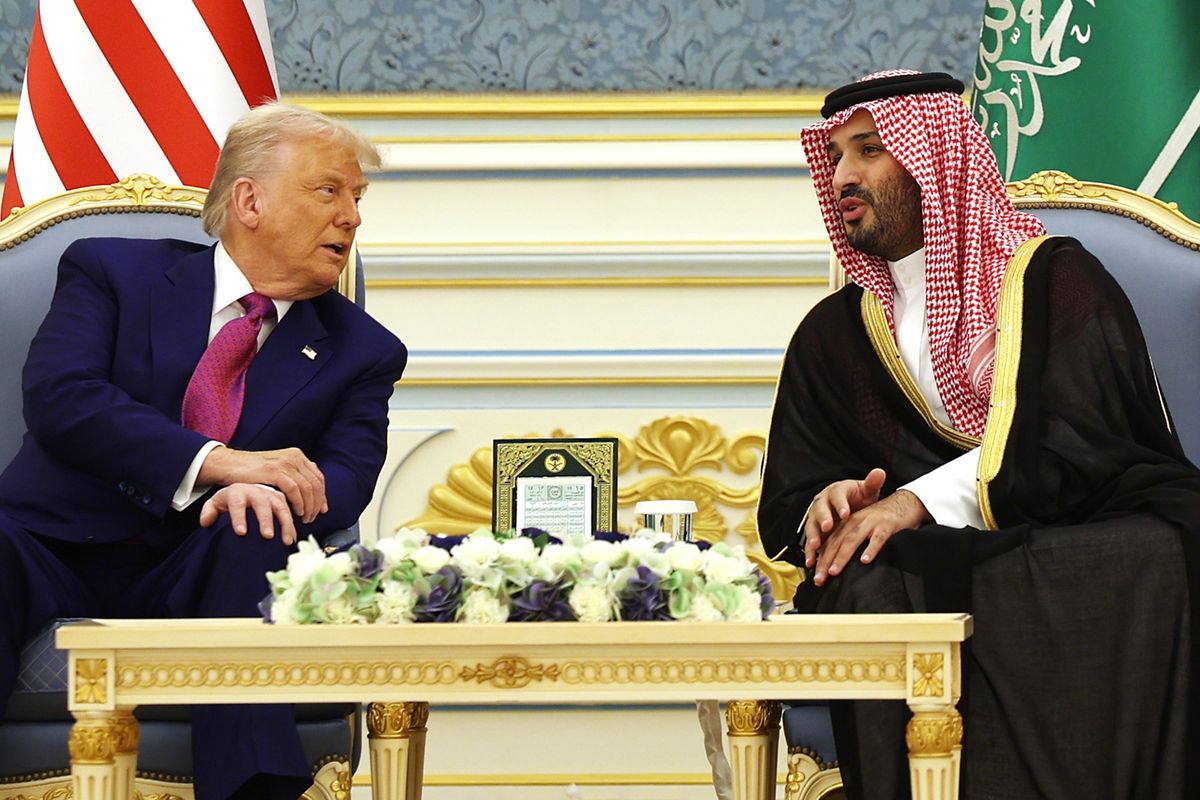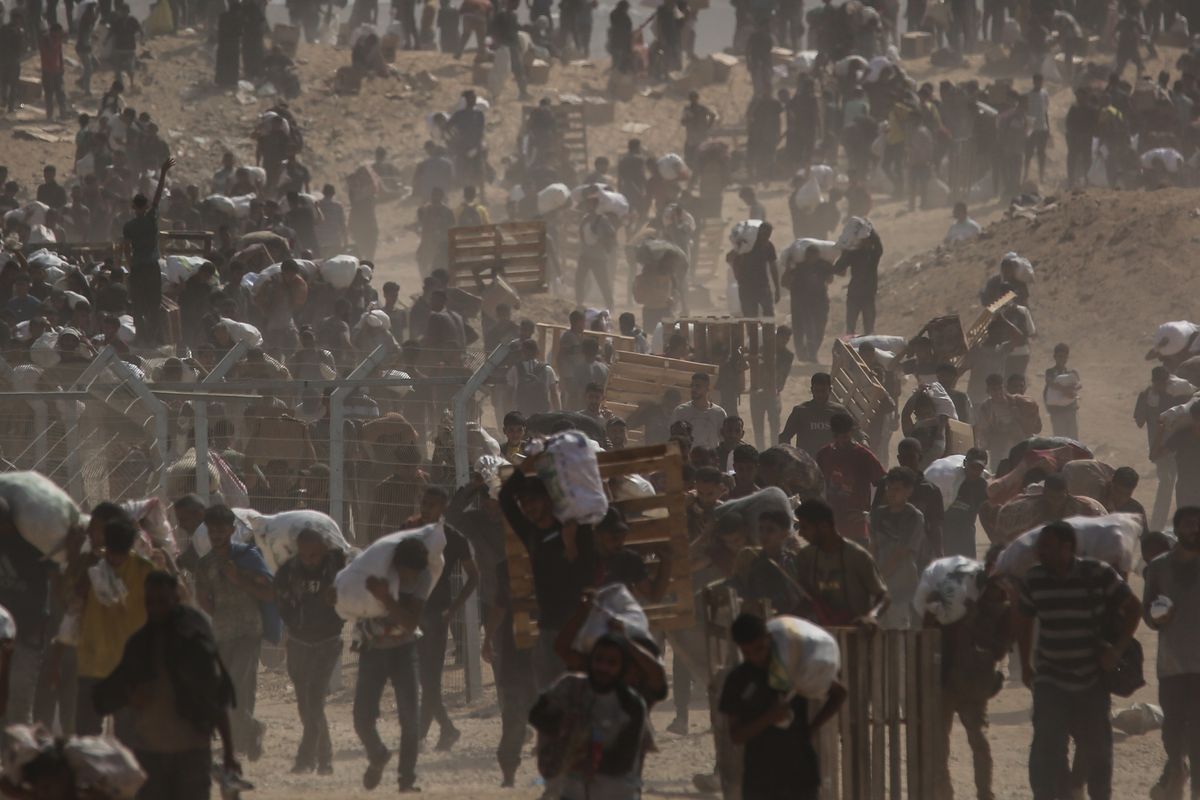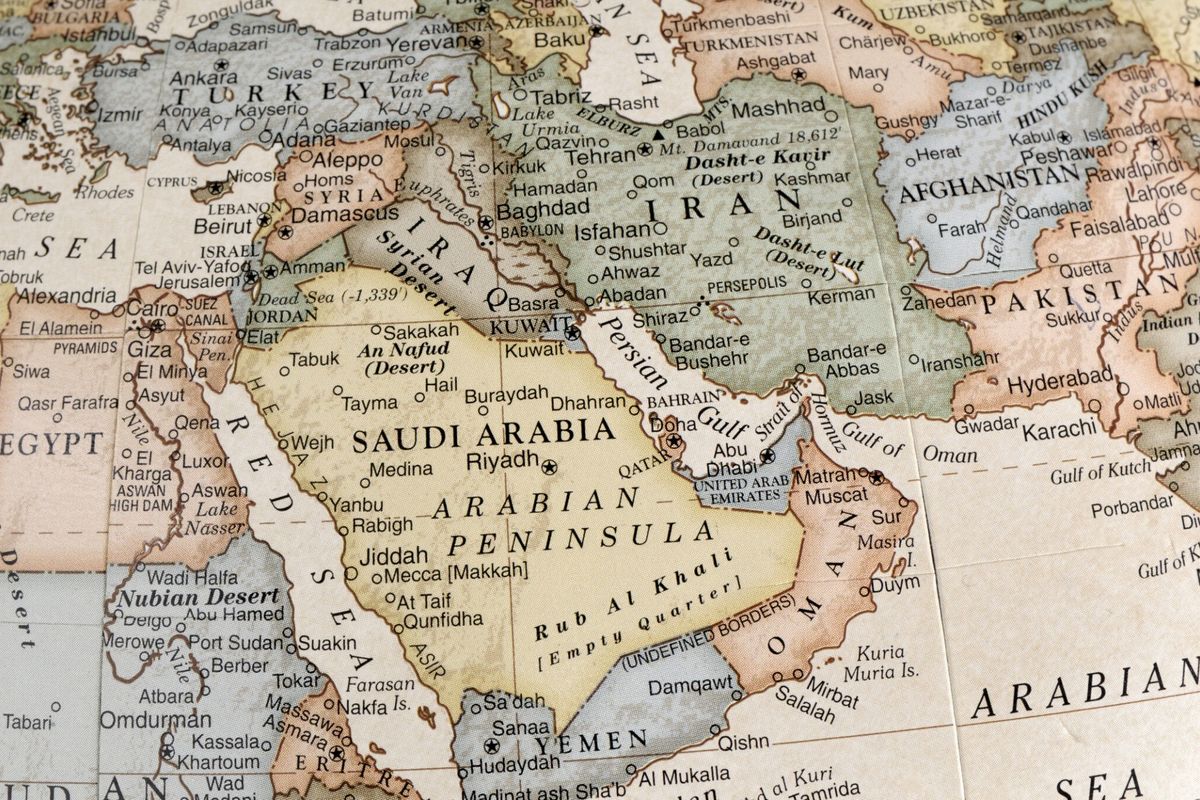How steady are the hands on the steering wheel of Saudi Arabia? That question prompts an immediate follow-on: Whose hands are we talking about? There seem to be too many. Notionally, the kingdom is being directed by King Salman, but he is 80 years old and suffering from the physical and mental deficiencies typical of his age. There are also two other people in the front seat: the king’s nephew, Interior Minister and Crown Prince Muhammad bin Nayef (aka MbN) and his younger cousin, Defense Minister and Deputy Crown Prince Muhammad bin Salman (aka MbS). In driving terms, MbN prefers the slow lane, MbS is in a hurry to get to his destination.
In policy terms, this translates as MbN being, to put it generously, the voice of continuity – which for the Saudi usually means do nothing. MbS is a man of action, with grand ideas for transforming the kingdom, though cynics would say this could be reduced to two words – power and riches. An anecdote lingers about him once leaving a bullet on the desk of an official who had the temerity to challenge his business ambition.
Since King Abdullah died in January 2015, the story of Saudi Arabia has been one of tension and rivalry between these two Muhammads. In the Saudi system, with its historical deference to age, it should be no contest. MbN is 57 with decades of senior government experience and MbS is a mere 31. But MbS is the favorite son of the king and the first born of the king’s current favorite wife. Notionally, if the king drops dead tomorrow, MbN succeeds to the throne. He could, but probably wouldn’t, appoint MbS as his crown prince. The game in Riyadh, at least from MbS’s perspective, is for the king to sideline MbN and make MbS crown prince, the sooner the better. It’s a trick which has already been practiced. King Salman’s first crown prince was a younger half-brother, the charming but rather feckless Muqrin. He lasted three months in the role before being displaced.
Such palace politics are not new to Saudi Arabia but have seldom been so visible, acted out in real time. Unusually though, the intrigue is intricately enmeshed with policy.
Both men (as well as many other Saudis) see Iran as the most significant challenge. The Islamic regime in Tehran challenges the kingdom’s religious authority as the custodian of the two holy places of Mecca and Medina, and seeks to re-order the regional power balance, making Iran the hegemon. MbN’s response has been to continue his counterterrorism work and organize the haj pilgrimage – which he did better this year than last. MbS, in contrast, flamboyantly launched an Arab coalition to confront Iran’s proxies in neighboring Yemen, who had been audacious enough to seize the capital, Sanaa, and send the elected president fleeing to exile in a Riyadh hotel. On the energy front, despite the painfully low oil price, the bottom line for both men is not to let Iran boost its revenues by some OPEC production level freeze.
Economically, MbS has used the audacious style he has shown in the Yemen conflict (now increasingly termed as an “adventure” because of its lack of success), to launch a transformation program and a grand scheme to take Saudi Arabia beyond dependence on oil, the so-called Vision 2030. The plans are probably beyond the intellectual grasp of MbN (who is not a member of the key decision-making Economic and Development Council) but enthusiastically championed by MbS and the coterie of young advisers around him (as well as the international consultancy firms and investment banks which will profit via fees and the proposed IPO of part of the state oil company, Saudi Aramco).
However, the policy challenge is how to do all this – war and economic transformation – in a period of sustained low oil prices, which, in a world of high U.S. shale production, may well not see the same cyclical recovery as in the past. To return to the automobile metaphor, this has led to some erratic driving. At the June OPEC meeting in Doha, long-serving oil minister Ali Naimi came with a proposal for a production freeze but at the last minute was undermined by MbS, who apparently considered it too much of a concession to Iran. Naimi was fired a few days later, an untidy end to a decades-long career as being the sage voice of the oil market.
Just this week, there has been another swerve across the traffic lanes. The salaries of Saudi ministers have been slashed by 20 percent and allowances for members of the consultative council (the appointed Saudi approximation to a parliament or national assembly) have been cut. Though done in the king’s name, MbS’s fingerprints are all over it. Coming just 20 months after all civil servants received a month’s bonus to celebrate the accession of a new king, it represents certainly a new style of administration, though some may term it mere capriciousness.
How will this policy tension be resolved? Absent a recovery in the oil price, one option would be to declare victory in Yemen and withdraw from the mess, hoping that Iran also cannot cope with the country’s traditional lawlessness. MbS stopped depicting himself as “Mr. Yemen War” several months ago. He can control any debate in the official media. The big question is whether he can manipulate the hyperactive Saudi social media in his favor as well. His behavior over the years means he has little or no consensus support in the House of Saud royal family. His cuts in bureaucratic salaries means he may have lost the support of the technocratic class as well. Ordinary Saudis are feeling the pain of reduced utility subsidies and smaller household budgets.
Domestic pressures are growing. The House of Saud is probably not heading for a serious car crash, but a fender-bender looks an increasingly likely prospect.











